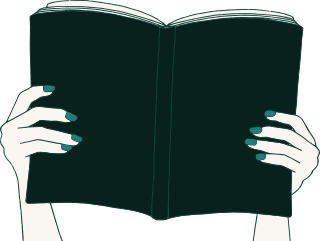As with other twenty-first-century rewritings of fairytales, Cinderella is Dead by Kalynn Bayron complicates the classic ‘Cinderella’ fairytale narrative popularized by Charles Perrault and the Brothers Grimm for new audiences, queering and race-bending the tale in its decidedly feminist revision of the story. However, as we argue here, the novel also provides an interesting intervention in the construction of age as related to gender for its female protagonists. Drawing on Sylvia Henneberg’s examination of ageist stereotypes in fairytale classics and Susan Pickard’s construction of the figure of the hag, we explore the dialogic between the fairytale revision, traditional fairytale age ideology and the intersection of age and gender in this reinvention of the classic narrative. By focusing on constructions of age, particularly senescence, we demonstrate how complex constructions of older characters might aid in overall depictions of intergenerational relationships, and how these intergenerational relationships in turn reflect historical and cultural impetuses of retelling fairytale narratives.
Anjirbag, Michelle Anya & Vanessa Joosen. ‘“You Have to Set the Story You Know Aside”: Constructions of Youth, Adulthood and Senescence in Cinderella Is Dead’.
Humanities, vol. 11, no. 1, 2022, p. 25.
doi: 10.3390/h11010025
Views on age not only determine the stories in children’s books, but also have an impact on the field of children’s literature. A lot of attention is paid to the dynamics between children and adults. While you could consider children and adults as two different age groups, you could also see them as part of a continuum made up of an array of age phases that gradually merge into each other and that show many similarities. The ‘difference model’, ‘deficit model’, and ‘kinship model’ are approaches that are used to research such topics. Bart Moeyaert has always criticised the distinction between children’s literature and adult literature. Throughout his writing career he has been through different age stages while expressing varying age norms. As he got older, he put more emphasis on the kinship between children and adults. In his novels, he depicts adults who missed out on a lot because they didn’t spend enough time with their children, but he also evokes role models who show what is to be gained by the kinship between young and old.
Joosen, Vanessa. ‘Van kind naar kinship : de constructie van leeftijd in de literatuuropvattingen van Bart Moeyaert in de loop van zijn schrijverschap’.
Spiegel der Letteren, vol. 63, no. 1–2, 2021, pp. 89–112.
10.2143/SDL.63.1.3289319
Many books for children are about young characters. However, older characters are also often featured in stories for children, and characters’ ages can change throughout certain books. By reading such stories, children find out about ideas regarding age via books. Stereotypes such as the ‘old witch’, or the ‘wise old mentor’ spark ideas that old women are mean, or that old people are wiser than younger people. There are, however, just as well books that have the intention of distancing themselves from entrenched ideas. More and more attention is being given to intergenerational dialogue and a nuanced view of old age. Research on age in books and the ways in which readers deal with such images can show how children’s literature contributes to ideas on age.
Joosen, Vanessa. ‘Aging in children’s literature’.
Encyclopedia of gerontology and population aging, edited by Danan Gu and Matthew E. Dupre, Springer, 2022, pp. 280–284.
doi: 10.1007/978-3-319-69892-2_250-1
